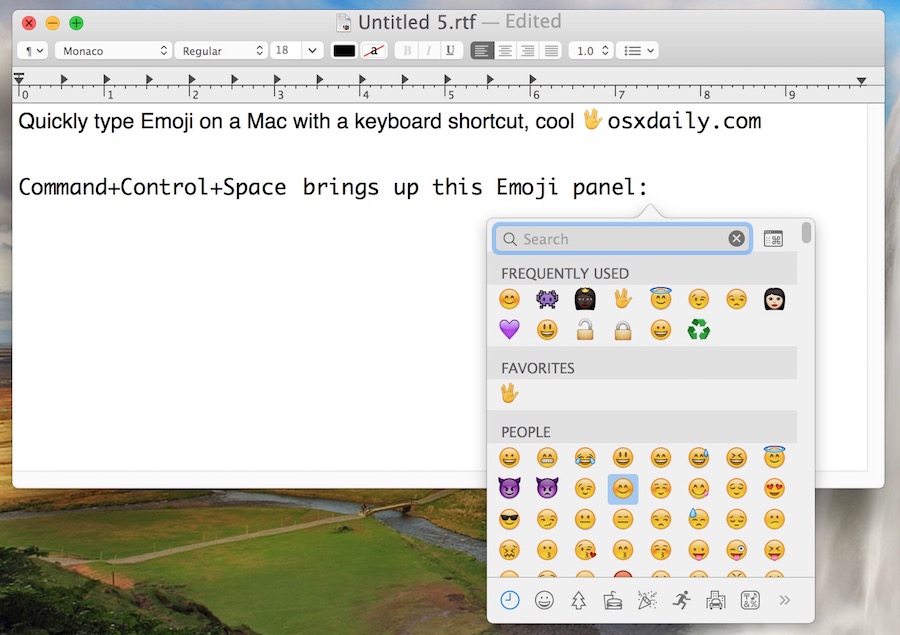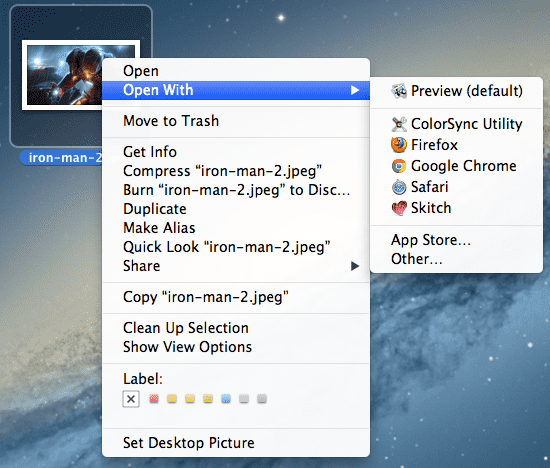Character Map Program For A Mac
Mac Keyboard Symbols. There are certain keyboard combinations you can type on a Mac in combination with the Alt or Option key to insert special symbols into your documents or web searches. Symbol Character Map is an application that will help you to select the font, view the available characters and symbols, then make a selection. How to Make a Degree Symbol. This wikiHow teaches you how to type the 'degree' ° symbol on a Windows or Mac computer, an iPhone, or an Android. This wikiHow teaches you how to type the 'degree' ° symbol on a Windows or Mac computer, an iPhone, or an Android. This will search your computer for the Character Map program.
I'm using Word for Mac and was wondering if there is an equivalent to the 'Character Map' found in windows (for accent marks and other characters) available. Mac users interested in Character map app generally download: Ultra Character Map 2.0 Gain access to full libraries of characters and symbols from different font libraries including those unique to specific operating systems and software platforms. By default, the Character Viewer provides access to a library of special character, including Latin-based letters, Emojis, bullets, maths symbols and additional punctuation. The Character Viewer provides access to the full catalogue of special characters, snowmen included. Lee porfavor NOTA.clara mente no es el Character Map.pero es paresido por q tiene un poco de las mismas funsiones de letra y todo:).espero q les haiga gustado mi video Like y suscrivansen.
What do you need to know about free software?
Your Mac’s keyboard makes it easy to type any of the standard characters—the ones used most frequently in everyday typing. But OS X lets you use hundreds of special characters that don’t appear on your keyboard’s keys. This week’s video explains three ways to access special characters in OS X.
Transcript
Mac Special Characters Map

Your Mac’s keyboard makes it easy to type any of the standard characters—the ones used most frequently in everyday typing. But OS X lets you use hundreds of special characters that don’t appear on your keyboard’s keys. These include special symbols for currency and punctuation, symbols, and much more.
Drawing Program For A Mac
Earlier this year, I reviewed a great utility called Characters that makes it simple to find and type special characters using a systemwide menu. But you don’t need third-party software: Here are three ways to access special characters in OS X.
Holding down keys If you’re running OS X 10.8 Mountain Lion, you can type some characters—specifically, those that are accented or modified versions of common letters—by simply holding down the base character. For example, if you need to type an accented E, just hold down the E key for a second or so; you’ll see a popover displaying the available variations on the letter E. Click one, or press the number corresponding to it, to type that character. On a U.S. English keyboard, this trick works for A, C, E, I, L, N, O, S, U, Y, and Z.
Mail is set as the default email program on our Mac, so when we happen to click on an email link in anything (say, our browser), the Mail app automatically opens up and creates an email message.  Sep 30, 2009 Mac OS X - Setting the Default Mail Program The default mail program is the software that is registered with your operating system as the software that is to handle mailto URL's. When another application wants to send an email, it looks up the default and passes the email to the default mail program. Choose Preferences from the Mail menu, then click General. Or, if you're prompted to set up an email account, add your account, then choose Preferences from the Mail menu.* Choose your email app from the ”Default email reader” pop-up menu. * You can also set your default email app in the preferences of your third-party email app.
Sep 30, 2009 Mac OS X - Setting the Default Mail Program The default mail program is the software that is registered with your operating system as the software that is to handle mailto URL's. When another application wants to send an email, it looks up the default and passes the email to the default mail program. Choose Preferences from the Mail menu, then click General. Or, if you're prompted to set up an email account, add your account, then choose Preferences from the Mail menu.* Choose your email app from the ”Default email reader” pop-up menu. * You can also set your default email app in the preferences of your third-party email app.
(The downside of this feature is that you can’t hold down one of these keys to repeatedly type it. If you’d rather use one of the other methods, below, to access special versions of these characters, so that you can get key repeating back, you can use this hint.)
Using Keyboard Viewer For other characters accessible via the keyboard, you can turn to OS X’s Keyboard Viewer. Before you use Keyboard Viewer for the first time, you must go to the Keyboard pane of System Preferences, and on the Keyboard tab, make sure the box for Show Keyboard & Character Viewers In Menu Bar is checked. This adds the Input Menu to the menu bar.
Choose Show Keyboard Viewer from this menu, and you’ll see an onscreen representation of your keyboard. (This virtual keyboard matches your physical keyboard’s layout, so it may not look exactly like what you see in this video.) By default, you see standard keys, but if you press modifier keys—Shift, Command, Option, and Control—or combinations of modifier keys, you’ll notice that the keys on the screen change. For example, pressing Shift and Option changes the K key to an Apple symbol (). This means that you can type an Apple symbol at any time by pressing Shift+Option+K, even if Keyboard Viewer isn’t open. (You can also click the key in Keyboard Viewer to type it immediately.)

Note that Keyboard Viewer reflects the available characters in the frontmost app’s current font, so a particular key combination may produce different results in a different app or font.
Using Character Viewer What about characters you can’t access from the keyboard? From the same Input Menu, choose Show Character Viewer, and you see a window listing any special character your Mac is able to produce, organized by category. Select a category on the left, and you see all the characters available in that category. Double-click a character to “type” it in the frontmost application.
Character Viewer offers a few other useful features. What is the name of the program that manages wireless network for mac os:x. The Recently Used list makes it easy to reuse recently typed characters, while the Favorites list includes any character you’ve designated as a favorite. The details area on the right shows a larger version of the selected character, along with more information about it, similar characters, and variations available in other fonts. (You can right-click any character to copy its detailed information to the clipboard for pasting elsewhere.)
Perhaps most useful is Character Viewer’s search field. If you know what you’re looking for, but you can’t find it, type part of the character’s name—such as euro or smil—to show only matching characters.